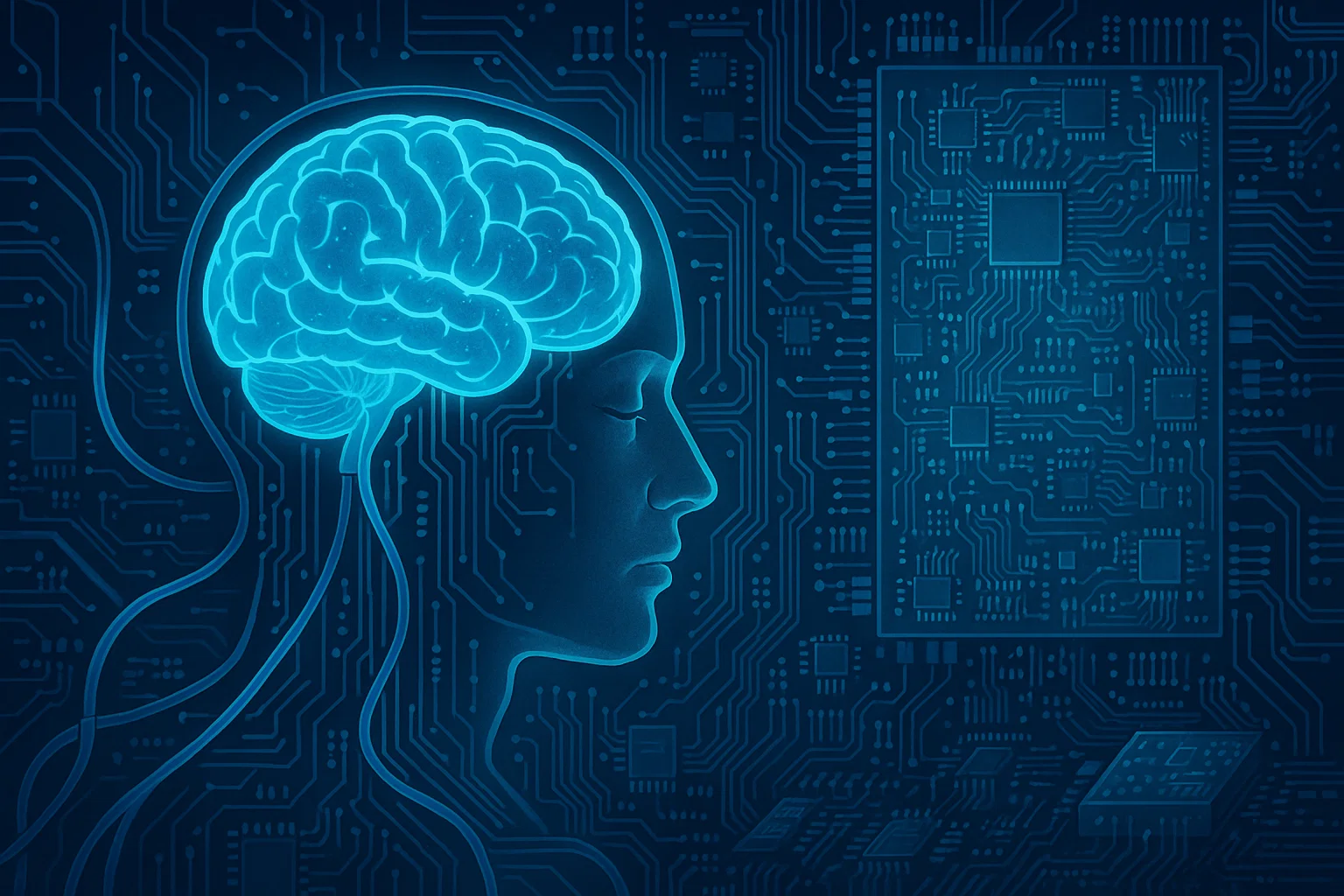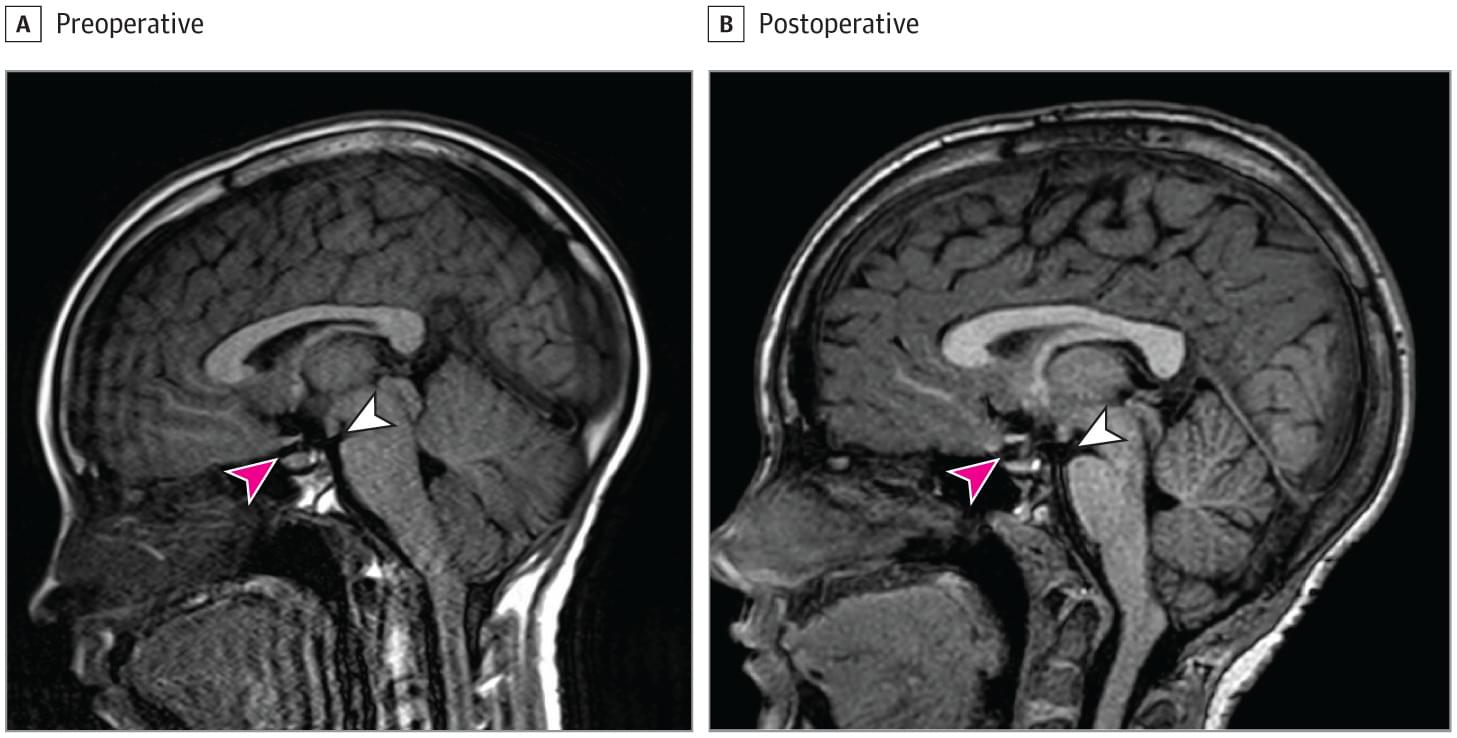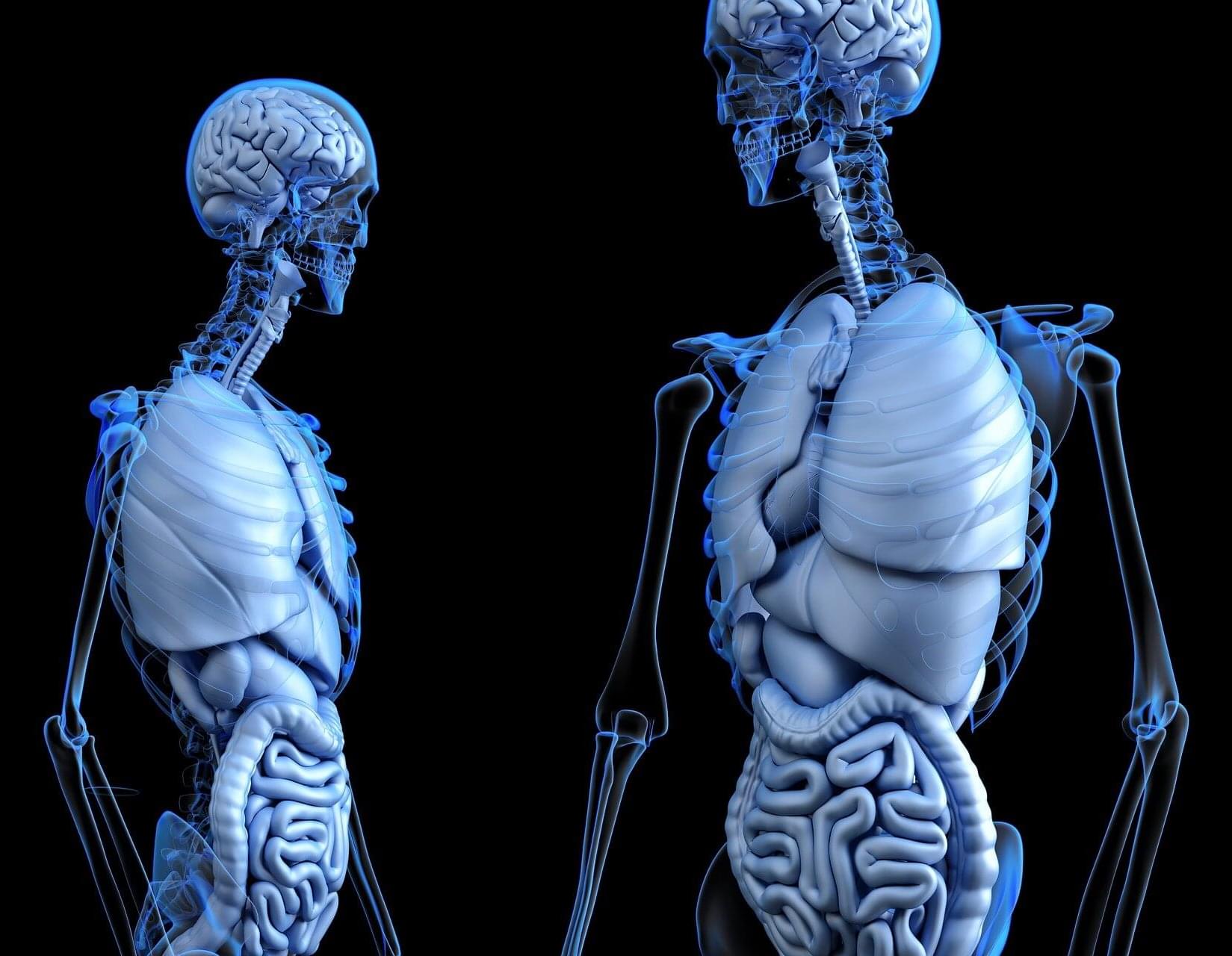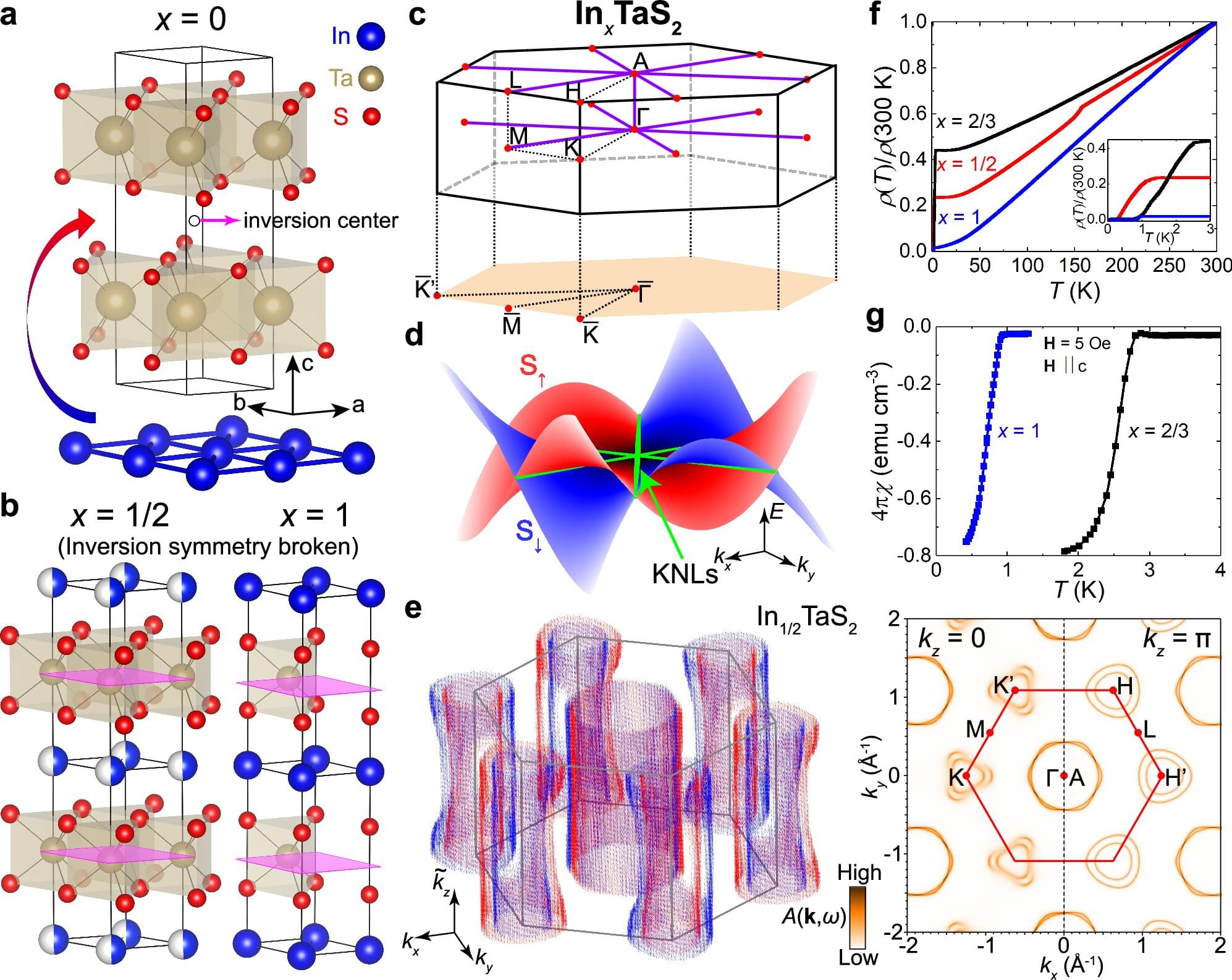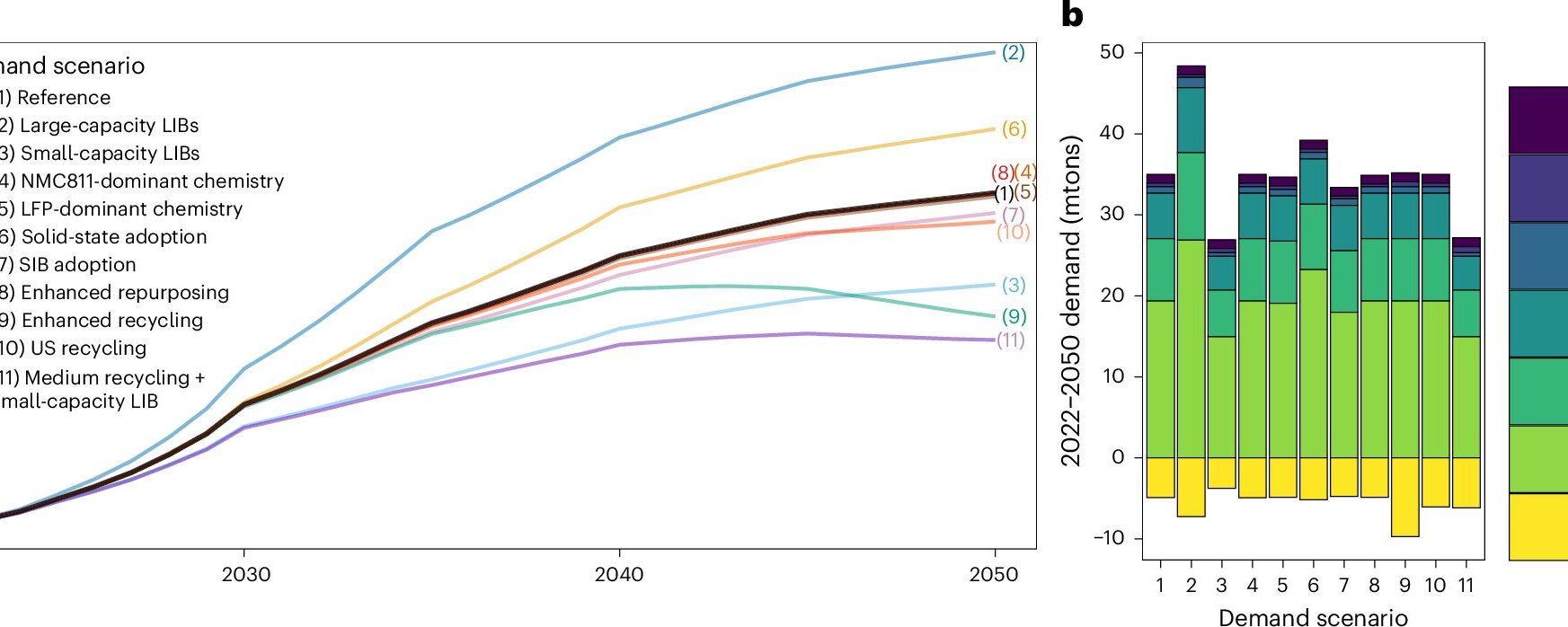Long-read sequencing technologies analyze long, continuous stretches of DNA. These methods have the potential to improve researchers’ ability to detect complex genetic alterations in cancer genomes. However, the complex structure of cancer genomes means that standard analysis tools, including existing methods specifically developed to analyze long-read sequencing data, often fall short, leading to false-positive results and unreliable interpretations of the data.
These misleading results can compromise our understanding of how tumors evolve, respond to treatment, and ultimately how patients are diagnosed and treated.
To address this challenge, researchers developed SAVANA, a new algorithm which they describe in the journal Nature Methods.

